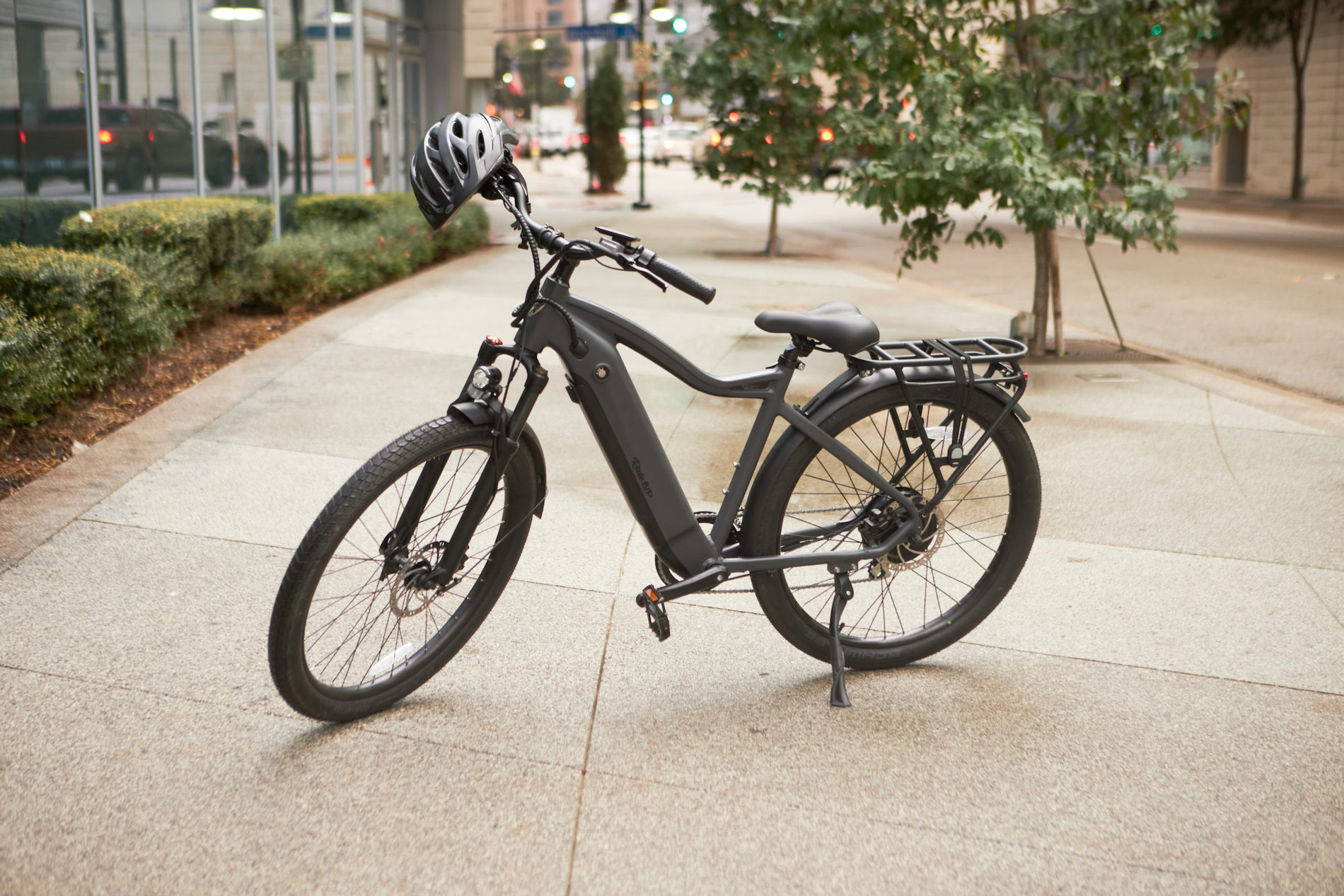
[ad_1]
TechCrunch Mobility is a weekly newsletter dedicated to all things transportation Sign up here — just click TechCrunch Mobility — to receive the newsletter every weekend in your inbox. Subscribe for free.
Welcome back to TechCrunch Mobility – the same weekly newsletter you’ve been reading, but with a new name and a few changes.
As I mentioned last week, this is still your central hub for news and insights on the future of transportation! This week, read about how Mercedes mistakenly exposed its source code, the latest in the Cruise-GM saga, Tesla’s EV sales warning and more.
Let’s go!
A little bird
Economic headwinds might be easing a bit, but companies are still getting squeezed. Autonomous vehicle and EV startups — even those that have since gone public — are trying to cut costs in hopes of extending their capital runway. Aurora Innovation, for instance, laid off about 3% of its workforce; EV company Polestar confirmed to TechCrunch it has also cut about 15% of its global workforce, Flexport is reportedly looking to axe another 20% of jobs and package delivery company Veho said that it laid off 19% of its corporate/exempt employee headcount.
Now, a few little birds are telling us that Canoo and Faraday Future — both EV startups that went public via mergers with special purpose acquisition companies — are either reducing salaries or furloughing employees. Faraday has confirmed it has reduced salaries and furloughed employees without providing more detail. Sources tell us that Canoo is also furloughing workers.
Got a tip for us? Email Kirsten Korosec at kirsten.korosec@techcrunch.com or Sean O’Kane sean.okane@techcrunch.com. If you prefer to remain anonymous, click here to contact us, which includes SecureDrop (instructions here) and various encrypted messaging apps.
Deal of the week
Over at the TC climate desk, reporter Harri Weber spoke to ArcTern Managing Partner Murray McCaig about its third (and recently closed) $335 million fund.
ArcTern plans to pump this capital into climate-focused startups that can deliver super quick returns. Specifically, the Toronto-based firm is focused on startups that use proven tech in new ways. And his bet? Decarbonizing mobility. Though electric vehicle sales have slowed lately, McCaig sees this as a “blip.”
The VC believes North America is about to reach a tipping point where EV adoption takes off like a rocket, as it has in Norway.
Other deals that got my attention …
Clearmotion raised an additional $4 million, bringing its Series B round to about $43 million, according to a recent Form D filing.
Corvus Energy, an energy storage and fuel cell systems company focused on maritime, offshore and port applications, secured an undisclosed investment from Woven Capital, Toyota’s growth fund.
Monta, an EV charging software startup based in Copenhagen, raised €80 million ($86.9 million) in Series B funding round co-led by Energize Capital, GreenPoint Partners and Denmark’s state-backed Export and Investment Fund.
Sion Power, a Tucson, Arizona-based lithium-metal battery developer, raised $75 million from battery manufacturer LG Energy Solution, mathematician and investor Jim Simons’s Euclidean Capital and former Google CEO Eric Schmidt’s family office management company Hillspire LLC.
Vroom is shutting down its online used car marketplace and shifting all of its resources and capital into two business units focused on auto financing and AI-powered analytics. About 800 employees, or 90% of its workforce, will lose their jobs as a result.
Notable reads and other tidbits
Autonomous vehicles
The internal review of Cruise and the October 2 event that led to the GM subsidiary losing its permits to operate robotaxis in California finally dropped. The tl;dr via the report conducted by Quinn Emanuel: Cruise didn’t purposely mislead regulators. So what went wrong at Cruise? A lack of judgement, missteps by leadership, an “us versus them” relationship with regulators and a fixation on correcting the inaccurate media narrative that the Cruise AV, not the human-driven Nissan, had caused the accident were all contributing factors to the company’s problems.
Cruise also revealed that the Department of Justice and the Securities and Exchange Commission have also opened investigations into the company. Pretty much every agency you can think of is now looking into the incident, including the California Department of Motor Vehicles, the California Public Utilities Commission and the National Highway Traffic Safety Administration.
Finally, the 195-page also included in its appendix a heavily redacted report by Exponent that looked into the technical problems on October 2, specifically why the robotaxi initiated a pullover maneuver that then dragged the pedestrian who was trapped underneath. More to come on that front.
Electric vehicles, batteries & charging
Porsche took the wraps off of two variants of the Macan EV, a long-delayed project that will test whether consumers still have the drive to spring for an electric vehicle that costs more than $78,000.
Tesla kicked off earnings season with a bit of a stinker. Yes, the company delivered a record 1.8 million EVs in 2023, but profits suffered (especially when looking at its operating income) due to its price cuts that squeezed margins as well as higher R&D expenses and the cost of bringing the Cybertruck into production. While solar deployments declined, energy storage was one of the rosier areas, with 125% growth year-over-year.
Software and other in-car tech
Mercedes-Benz accidentally exposed a trove of internal data after leaving a private key online that gave “unrestricted access” to the company’s source code
Tesla plans to spend $500 million to build one of its so-called “Dojo” supercomputers at its Buffalo, New York factory, the state’s governor Kathy Hochul announced during a Friday a news conference, just days after CEO Elon Musk called the project a “long shot.” Musk also made an interesting comment on social media that downplayed the investment, noting the company would spend far more money on Nvidia hardware in 2024.
This week’s wheels
This week’s wheels comes from TC editor Devin Coldewey who recently bought the Ride1up 700 Series e-bike.
I vacillated for a few months on buying a new e-bike, trying to find the right balance between moped-style throttle and traditional pedal assist. Ultimately, I went with the Ride1up 700 Series, which offered a sort of package deal (at a Black Friday price) that meant a minimum of fuss for a maximum of utility. Fenders, rack, lights, all in the bargain.
While assembly was a bit involved (don’t attempt if you haven’t put a bike together before), the final product is — now that I have put some miles on it — pretty solid. Some of the ergonomics could be better and the custom rack doesn’t fit any of the panniers I wanted; however, the big solid frame and oversize wheels are reassuring on the road and the throttle is excellent for navigating both Seattle hills and Seattle drivers.
It’s on the heavier side — 62 pounds – so I wouldn’t walk it up any stairs or hang it from an ordinary bike hook. But it’s already opening up a different “zone” in my mind for getting around the city: too far to conveniently walk, too close to justifiably drive and too hilly to pedal. Turns out that’s a lot of Seattle!
This definitely won’t be my last ebike, but I’m pleased with it as my first. If I had to do it again, I might have opted for the lighter LTD with its torque sensing pedal assist, but hey.
[ad_2]
Source link










